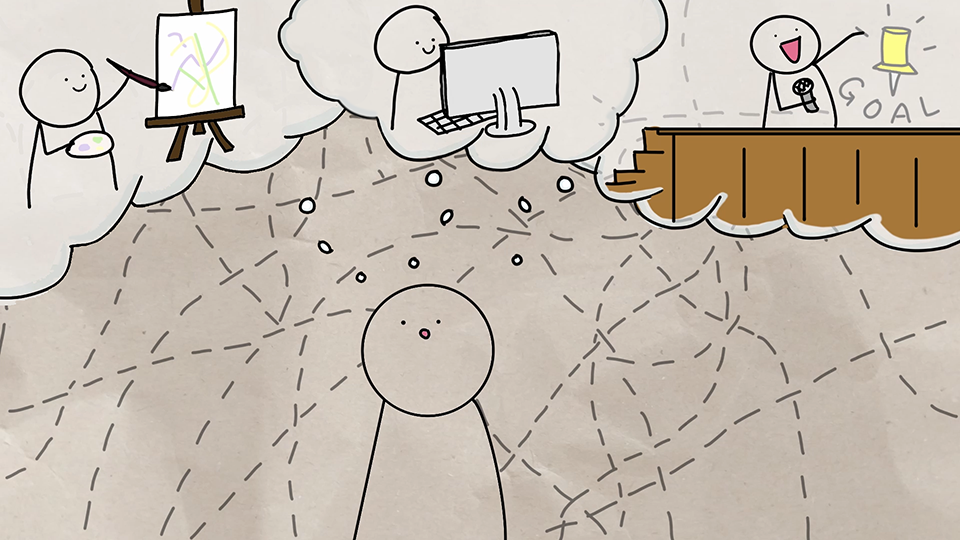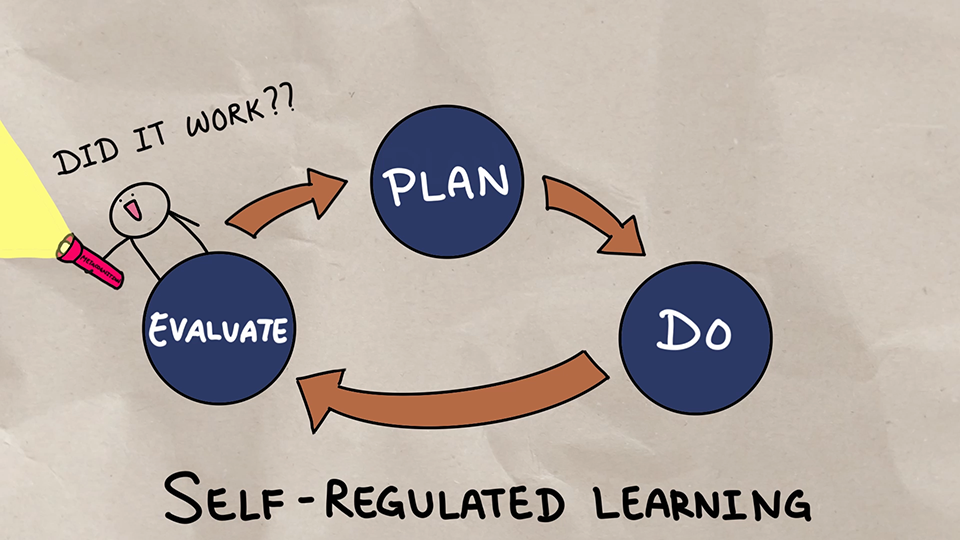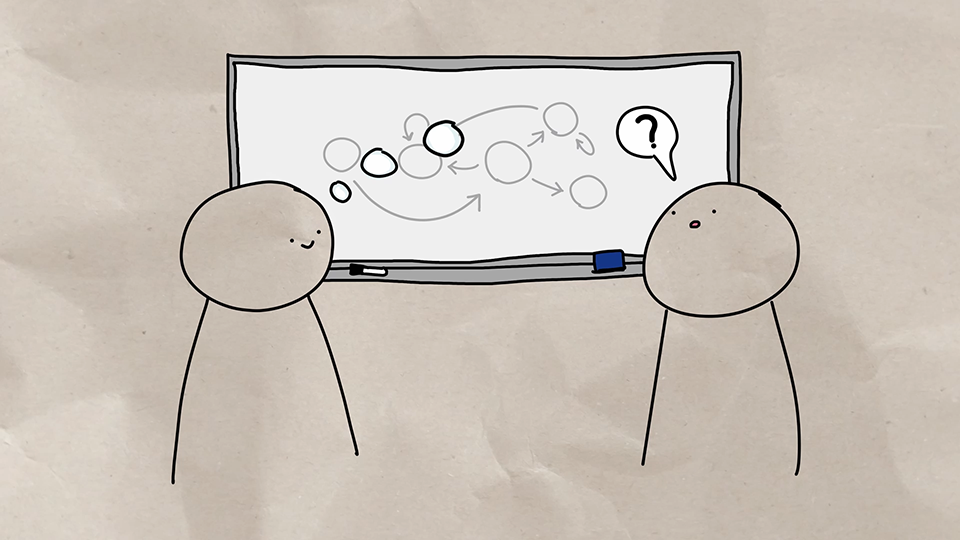What is a mirror?
One of the common issues with the team members is a lack of self-regulation. As they prepare for the hackathon, most of them find the coding challenging. They find it difficult to progress or collaborate effectively with each other. You plan to work with the team as a mirror so that you can help them improve their active listening and self-regulated learning skills.
Define mirroring as a component of active listening
One of the most important leadership skills is the ability to fully understand what others are trying to communicate. When someone approaches you with a problem, question, or a request for advice, a crucial skill you need to practice is active listening, or listening with purpose.
As an active listener, you try to better understand others by giving them your complete attention and "trying on" their perspective. Mirroring is a component of active listening. It involves clarifying what someone is telling you and ensuring that you're both in agreement. When you practice active listening, you should:
- Be open. When there's a disagreement, you can create space by pausing, slowing down to notice what you're feeling, and focusing on listening actively instead.
- Act as a mirror. You can act as a mirror by clarifying what you heard. By asking, "Can I repeat back to make sure I'm with you?", you indicate that you're listening and also ensure that you understand correctly.
- Try others' perspective. When someone is talking to you, you can try on their perspective to gain a deeper sense of their position. You might disagree with what they're saying, but the goal is to understand the situation from their vantage point.
Remember that well-intended messages can be misunderstood. When you practice active listening, you might not have a ready response when someone finishes speaking. Instead of jumping to a conclusion, take time to reflect on their words and digest their point of view. As you form a response, consider the other person's perspective and how your response might affect them. Mirroring is a crucial aspect of this process.
How does mirroring relate to self-regulated learning?
You might be motivated by goals such as excelling at music, becoming a professional athlete, or managing the programming department for a large company. Although these goals keep you motivated and engaged, they can't be achieved without strategic planning, determination, and focus. People who excel in their fields have usually put in years of practice and strategic planning to achieve their goals and keep progressing.

To approach and solve problems strategically, a crucial first step is to develop your metacognition, which is the awareness and understanding you have of your own thought processes. You can then employ an iterative process called self-regulated learning, which strategic, effective learners intentionally practice. In self-regulated learning, you should:
Plan. When you're faced with a challenge, pause and notice how you're approaching the problem. Note what is or isn't working. Create a plan. Be strategic by breaking down your tasks into smaller, more manageable ones. Seek help from others during your planning process. By talking with someone with more experience, you might find something to practice, research, or try differently.

Do. Work on your plan piece by piece, and approach others for help when you need it. You can then figure out next steps or discover what's wrong. If you're stuck, retrace your steps and make note of the steps you already tried. Keep a log or record of how you spent your time, what you tried, and what the outcomes were.

Evaluate. To evaluate your actions and the success of the steps you've taken, ask yourself and others, "Did it work?" If the answer is no, revise your plan and repeat the process until you succeed. You can also get feedback on your approach by sharing your log or record.

To learn more about self-regulation and self-regulated learning, watch the following short video.
List the characteristics of a mirror role
You might find yourself playing the role of a mirror when you want to gain a deeper understanding of a problem and the steps to replicate and then resolve it. When you're a mirror, you:
Pause and clarify. As a first step, you need to understand the other person's goal and their "stuck place." You can then begin to gather more information about the problem and plan a strategy to work with them.
Ask questions. Learn more about the other person's process by asking questions about how they got to their current situation and what their end objective is. Your goal is to understand the problem, without making assumptions or providing feedback immediately. As you ask questions and walk through the process, the other person will often realize that they missed a step or made a mistake along the way.
Reflect back. When someone shares their experiences, mirror or restate in your own words what you heard. Restatement gives you an opportunity to walk through the information they provided you and process it completely. You can ensure that there are no misunderstandings and that you're on the same page.

What can you say as a mirror?
When you're mirroring another person, here are some tips you can use to maximize the effectiveness of your feedback:
- Avoid jumping into advice. Don't listen with the intent of judging or finding mistakes. Take time to ask questions, listen, understand their perspective, and reflect back to ensure understanding.
- Give broader context to the situation. Reiterate the steps your peer took. Explore the benefits and drawbacks of each of the options that might still be available to them. Briefly outline the possible effects of pursuing those options.
As a mirror, some phrases that you can use are:
- Tell me more about what you're doing.
- I hear you saying this works.
- What happened when you tried X or Y?
- Where did you get that information?
- Walk me through it so I can understand how you're thinking about this.
Explore the importance of mirroring
The mirror role plays a crucial part in helping your teammates, peers, or direct reports practice self-regulated learning. When you mirror them, the dialogue and articulation you engage in becomes part of their self-regulation process. To determine where they are in their self-regulated learning feedback loop, you can:
- Observe them while they retrace their steps or demonstrate how they arrived at a place where they might be stuck.
- Ask clarifying questions to map out where they're going, what they've tried, and where they're stuck.